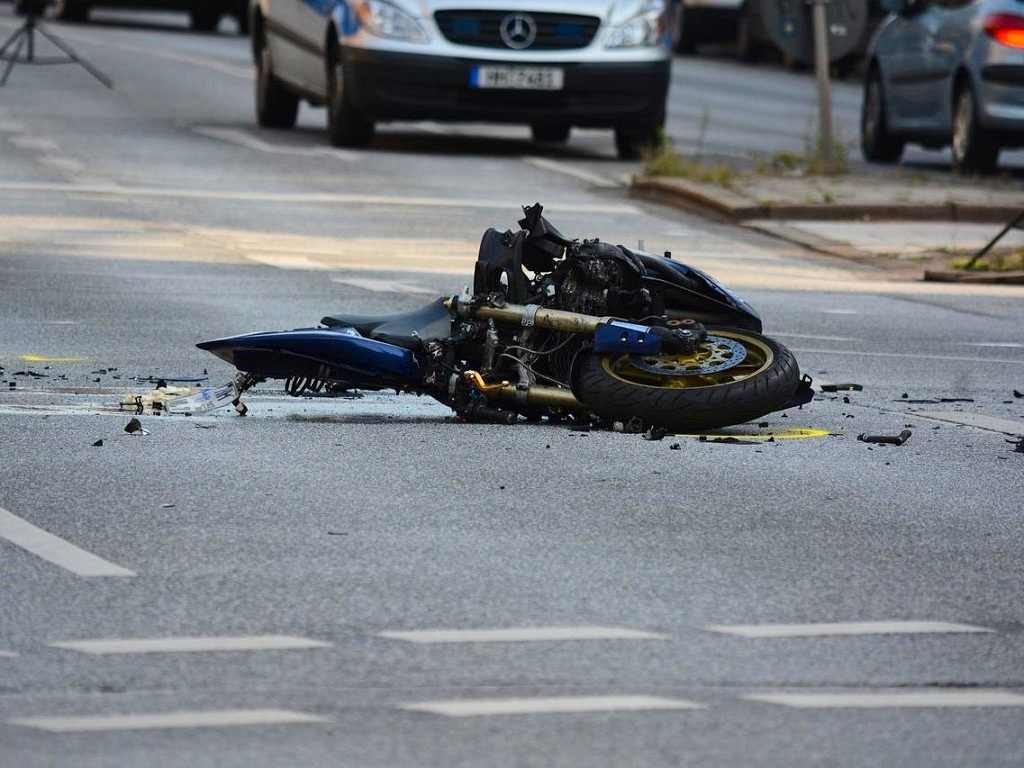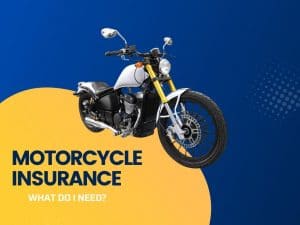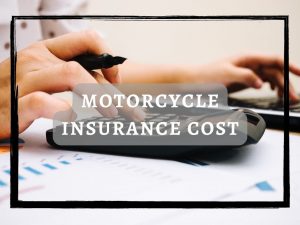Before we get into the nitty-gritty of how to avoid a motorcycle crash, let’s talk about why you should do everything you can to steer clear of such dangerous situations.
KEY POINTS
- An accident can put you in the hospital or kill you.
- Motorbikes are expensive, and fixing them after a collision is also expensive.
- You can sustain a lifelong injury.
- It’s a trauma for your loved ones too.
- Around 80% of motorcycle accidents result in injury or death.
Does it seem that the best thing to avoid a crash is not riding motorcycles at all? It is, actually. But we know that you’re not going to listen to the advice, so we’ll give you some tips instead to stay safe when riding a bike.
How to Avoid a Motorcycle Crash: Follow These 11 Tips
Motorcycles are cool, and they make you look like you’re living on the edge. But a crash can also be a serious business.
So before you hit the road, take a minute to check out these safety tips and make sure you’re not putting yourself at risk because of something silly or avoidable.
1. Be careful around a turn
Almost half of the crashes involving a car and motorcycle happen when the said car turns left. Distracted or careless car drivers crash into the passing or oncoming motorcycles.
So, slow your speed around an intersection and watch out for turning vehicles.
SEE MORE: What to Look for When Shopping for a Motorcycle Insurance
2. Don’t run a red light
Motorcycles tend to be smaller than cars (duh), so they can easily pass through intersections before traffic signals change from yellow to red—but that doesn’t mean they should.
When the light turns red, stop for it. I know it’s tempting to speed up and try to beat it when you see a yellow light ahead.
But you should always stop at every red light, especially at intersections where other vehicles, bicycles, or pedestrians are crossing the street.
3. Drive carefully in rain or ice-slicked roads
Riding in wet weather can be dangerous for all rides. You’ll have less traction on your tires, and you’re more likely to lose control of the machine if it slips on oil, gravel, or sand on the road surface.
It’s especially true on rainy days and snowy conditions when the road surface becomes slippery.
4. Watch out for road hazards
We all know the excitement of speeding down an empty highway—but be wary of uneven road surfaces, gravel on pavement, potholes, and those dang railway tracks. They can ruin your day faster than you expect.
If you don’t want to end up on the ground, take it slow and steady in areas with potential road hazards and keep your eyes peeled for them in advance.
5. Don’t do motorcycle lane splitting
It may be tempting to pass slower-moving vehicles by riding between lanes—but it’s not worth it. Motorcycle lane splitting is illegal in almost every state and can result in a driver’s license suspension.
Follow traffic rules if you want to get where you’re going faster. It will keep you safe and bring you to your destination in one piece.
6. Keep distance from other vehicles
When riding behind another vehicle, always keep a safe distance so that if the person ahead of you stops suddenly, you have enough room to stop safely before a collision.
Don’t accelerate when a car is tailgating you—it’s dangerous and never worth it, even if you think the driver behind you is in the wrong.
7. Don’t speed up
Speed is one of the most common causes of motorcycle crashes because it cuts your reaction time. The faster you ride, the more likely you are to lose control of your bike or be unable to stop in time in case of an emergency. It also increases your chances of ramming into the next car if it suddenly pulls out in front of you.
8. Use highly visible gear and accessories
Hi-vis gear and accessories will make you more noticeable to other drivers. Avoid wearing dark colors that blend into your surroundings because if another driver can’t see you well enough, a nasty collision is much more likely.
Wear bright colors or go for neon accessories because these will increase your visibility when riding at night or in bad weather conditions. Lights, reflectors on your clothing, and bright-colored helmets will help car and other vehicle drivers to see you better on the road.
SEE MORE: Motorcycle Accessories for the Best Road Visibility
9. Be aware of other vehicles’ blind spots
Many drivers don’t realize they have blind spots and can’t see small vehicles like motorcycles until it’s too late. As a result, it’s essential that you ride in their peripheral vision rather than directly beside them on the road.
Trucks especially have large blind spots on either side of the trailer where their side mirrors can’t spot you riding up alongside them. If you’re going to pass a truck or car, be careful and keep your distance.
10. Never drive under influence
Whether it’s alcohol or drugs, don’t risk your life to have one more drink or hit of weed at the party. It’s not worth it. DUI is the sole reason for a whopping 42% of the death of riders in motorcycle crashes in 2019.
So if you’ve had more than a drink or two, it’s best to leave the bike at home. Drinking impairs judgment and slows reaction time significantly, which puts you at risk for accidents.
11. Stay focused
Distracted driving is one of the top causes of many accidents, including motorcycle crashes.
Avoid using your phone or other devices while riding. Don’t respond to notifications or text messages because this could lead to an accident.
Motorcycle crashes happen every day, and they are not the result of fate or bad luck. The typical reasons for these fatal accidents are a single moment of inattention or carelessness. With that being said, following these 11 tips will reduce the chance of a motorcycle crash.
FAQs about How to Avoid a Motorcycle Crash
How can I avoid crashing on turns?
Make smooth progressions on turns without braking mid-turn. Lean your body into the curve to counterbalance the bikes lean, look through the turn, and straighten up slowly as you exit the turn.
How do I avoid losing control in wet conditions?
Reduce speed in rain. Go at a pace where you can stop within the visibility range. Avoid quick maneuvers and extreme leaning. Apply throttle and brakes gradually. Keep wet surfaces in mind when turning and braking.
How can I avoid panic braking?
Scan well ahead, maintain a safe following distance from vehicles in front of you, and leave yourself an “out” in case of emergencies. Apply brakes gradually and progressively to maintain control and stability. Practice braking in an empty parking lot to build your skills.




